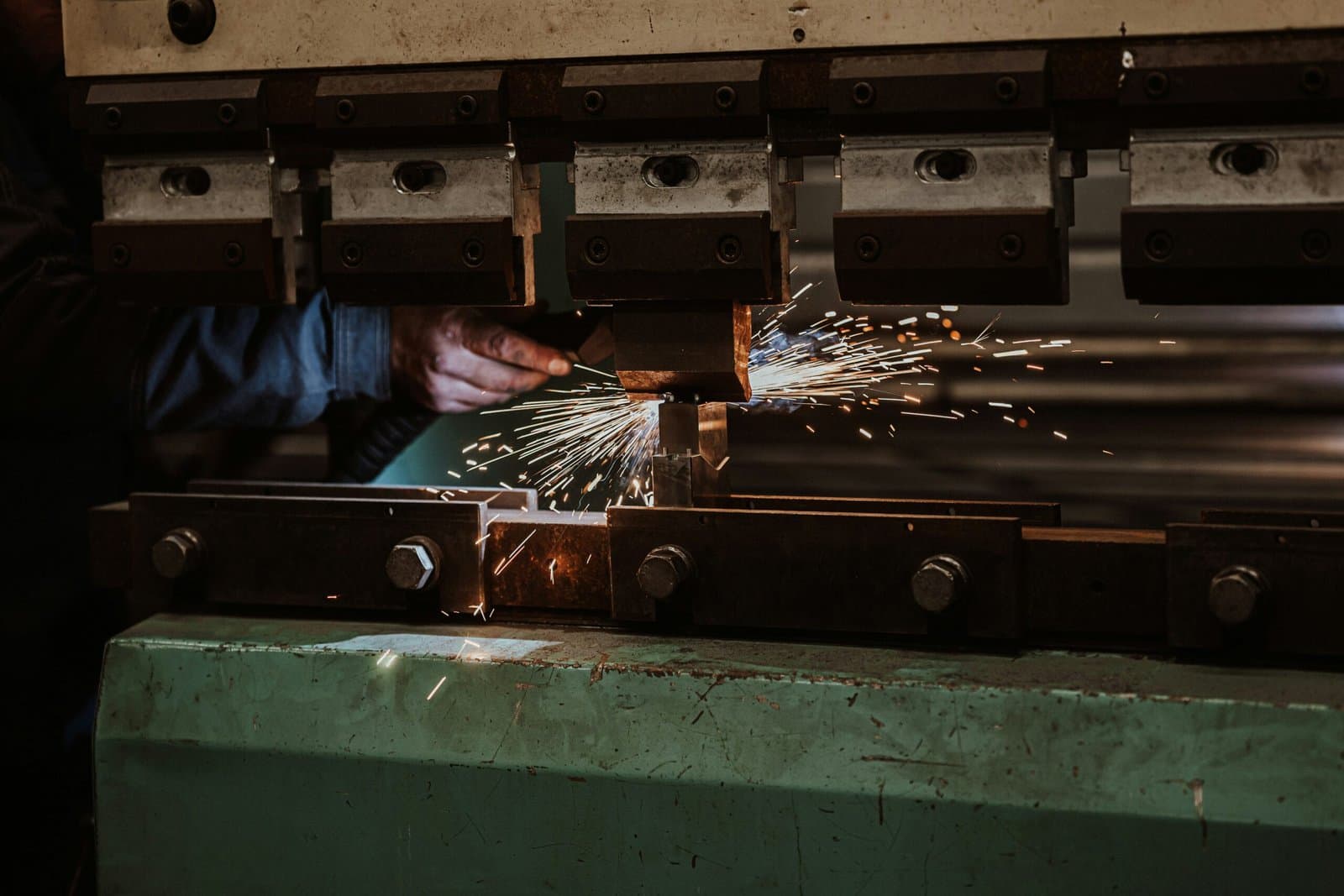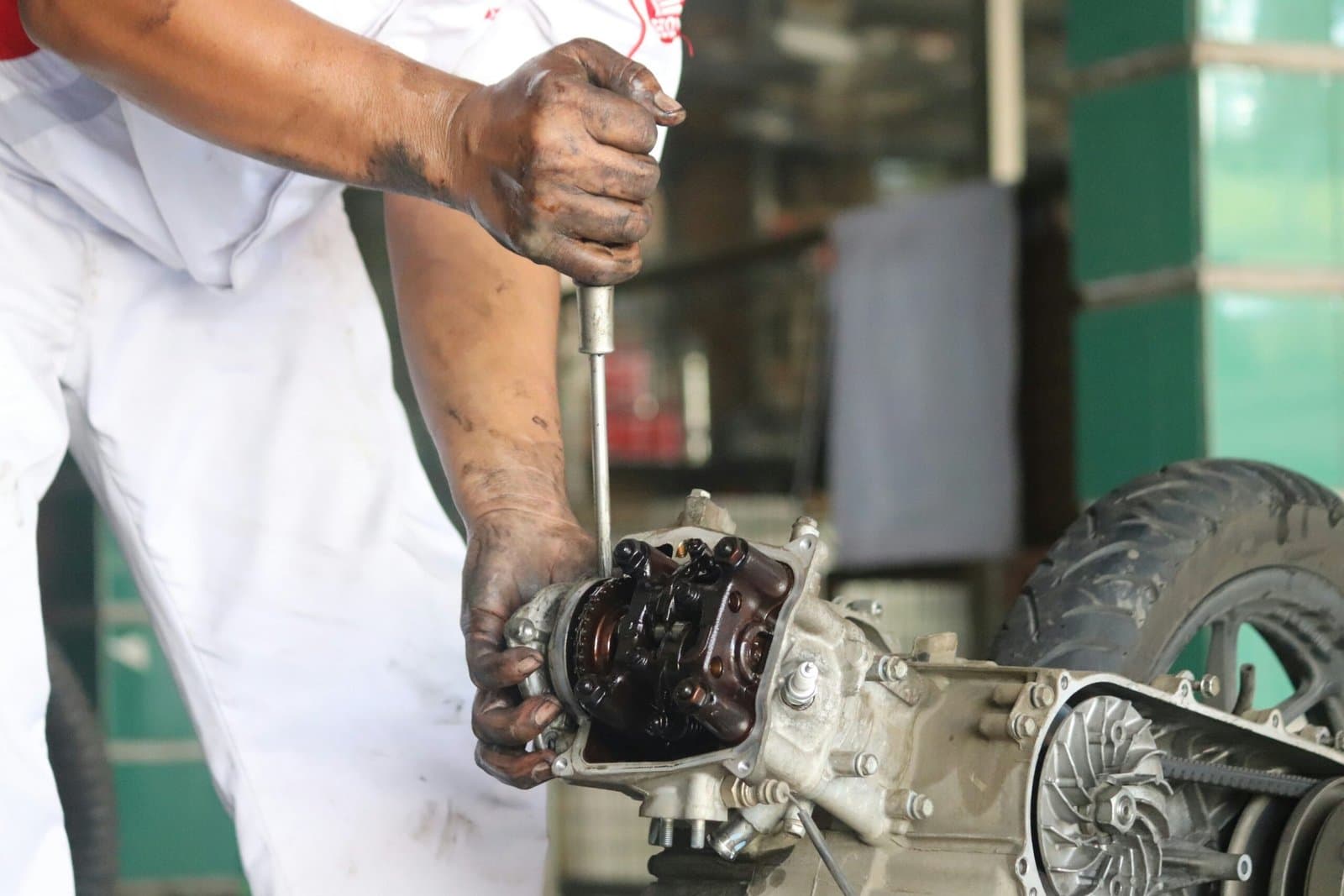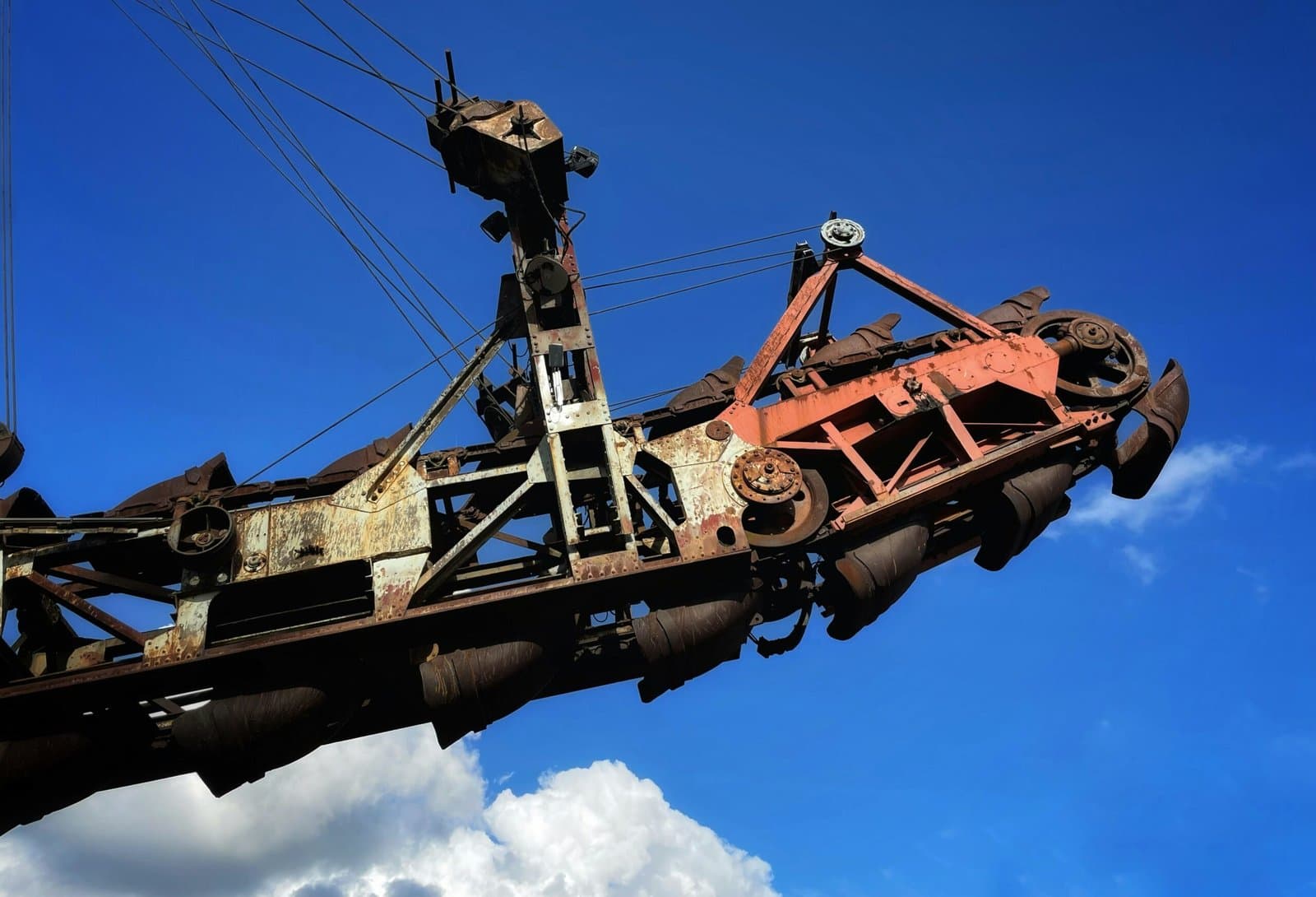Conveyor System Maintenance: 5 Early Warning Signs of Failure

Conveyor systems are the lifeblood of countless industries, from manufacturing and logistics to food processing and mining. When they run smoothly, operations stay efficient, production stays on track, and costs remain predictable. But when a conveyor system fails, the impact is immediate and severe: unplanned downtime, lost revenue, safety risks, and expensive emergency repairs. That’s why effective conveyor system maintenance isn’t just about fixing problems when they occur. It’s about spotting early warning signs and addressing them before they turn into breakdowns. For plant managers and decision-makers, knowing these red flags can mean the difference between proactive planning and reactive crisis management.
Below are five key signs of conveyor system trouble, along with diagnostic methods to keep your equipment in peak condition.
1. Worn or Damaged Belts
The Sign: Visible fraying, cracks, glazing, or uneven wear along the conveyor belt. In severe cases, you may notice materials slipping or inconsistent product flow.
Why It Matters: A compromised belt can snap under tension, damaging rollers and pulleys or halting operations altogether.
Diagnostic Methods:
-
Visual Inspections: Look for frayed edges, tears, or discoloration.
-
Tension Checks: Ensure proper tension using manufacturer-recommended gauges. Over- or under-tension can accelerate wear.
-
Thickness Measurements: Use calipers to measure wear against OEM standards.
Pro Tip: Replace belts proactively once wear passes 20–25% of the recommended tolerance. Waiting until failure often results in extended downtime and collateral damage.
2. Noisy or Failing Rollers
The Sign: Grinding, squeaking, or rattling noises during operation, often accompanied by irregular movement or increased vibration.
Why It Matters: Rollers that seize or wobble can create drag, increase motor load, and damage the belt. Left unchecked, this can shorten the life of the entire system.
Diagnostic Methods:
-
Vibration Analysis: Identify imbalances or failing bearings.
-
Thermography: Use infrared cameras to detect overheated rollers from friction.
-
Manual Rotation Tests: Roll by hand during downtime to check for resistance or roughness.
Pro Tip: Replace rollers showing signs of bearing failure immediately. One failed roller can cascade into multiple points of system stress.
3. Misaligned or Damaged Pulleys
The Sign: Belt tracking issues, visible edge wear, or belts drifting to one side during operation.
Why It Matters: Misalignment increases stress on belts and bearings, raising the risk of belt slippage, premature wear, or sudden failure.
Diagnostic Methods:
-
Laser Alignment Tools: Precisely measure pulley alignment and detect small variances invisible to the eye.
-
Tension Distribution Checks: Uneven tension often signals pulley misalignment.
-
Wear Pattern Analysis: Diagonal wear marks on belts typically indicate tracking issues.
Pro Tip: Schedule pulley alignment checks as part of routine conveyor system maintenance, particularly after repairs or system modifications.
4. Excessive Vibration or Abnormal Motor Load
The Sign: Unusual vibrations, spikes in amperage, or motors working harder than usual under the same load conditions.
Why It Matters: These symptoms often indicate deeper mechanical issues—such as failing bearings, structural imbalance, or motor degradation.
Diagnostic Methods:
-
Continuous Vibration Monitoring: Sensors detect patterns of imbalance or misalignment over time.
-
Motor Current Analysis: Tracks amperage to flag abnormal loads.
-
Thermography: Identifies hotspots in motors or gearboxes under strain.
Pro Tip: Catching motor issues early prevents energy waste and catastrophic drive failures that can take systems offline for days.
5. Material Spillage or Dust Buildup
The Sign: Excess product spilling along the conveyor path or an unusual amount of dust accumulation.
Why It Matters: Spillage signals misalignment, improper belt tension, or component wear. Dust not only reduces efficiency but also poses safety risks—particularly in food or chemical industries where contamination or explosions are concerns.
Diagnostic Methods:
-
Belt Tracking Inspections: Misaligned belts are a leading cause of spillage.
-
Chute Flow Checks: Ensure material feeds are aligned and not overloaded.
-
Air Quality Monitoring: Elevated particulate levels indicate inefficient containment.
Pro Tip: Addressing small leaks and spillage today prevents major cleanups and safety incidents tomorrow.
Why Ignoring the Signs Is Costly
Failing to act on early warning signs leads to more than just repair bills. Industry data shows:
-
Unplanned downtime costs range from $5,000 to $25,000 per hour, depending on the industry.
-
Conveyor failures can trigger production bottlenecks that affect downstream processes.
-
Emergency part sourcing can cost 2–3x more than planned procurement.
-
Safety incidents resulting from failed equipment can lead to regulatory fines and reputational harm.
In other words: small problems ignored today become expensive disasters tomorrow.
Proactive Conveyor System Maintenance: The Smarter Choice
For plant managers and decision-makers, investing in a structured conveyor system maintenance program means:
-
Reduced Downtime: Fewer unplanned stoppages and smoother production schedules.
-
Extended Equipment Life: Components last longer when monitored and serviced correctly.
-
Improved Safety: Early detection prevents failures that could harm workers.
-
Lower Operating Costs: Preventive action always costs less than reactive repair.
Adding diagnostic technologies like vibration analysis, infrared thermography, and motor current monitoring creates a layered safety net for your conveyors.
Quick Reference Checklist: 5 Warning Signs
-
Worn or damaged belts → Check tension, thickness, edges
-
Noisy or failing rollers → Use vibration and thermal checks
-
Misaligned or damaged pulleys → Conduct laser alignment
-
Excessive vibration or motor load → Track with sensors and current analysis
-
Material spillage or dust buildup → Inspect belt tracking and chute flow
Conveyors keep production lines moving, but they’re only as reliable as the maintenance behind them. By training your team to recognize the early signs of failure, and by investing in diagnostic tools, you can prevent costly downtime, protect worker safety, and extend the life of your assets.
Contact APS Industrial Services today to learn how proactive conveyor system maintenance can safeguard your productivity and bottom line.
Newsletter
Don't miss a thing!
Sign up to receive daily news
Recent Posts

august 30, 2025
Decommissioning a Facility: How to Turn It into a Profitable Venture

august 25, 2025
Hydraulic Press Maintenance 101

august 18, 2025
Rigging Machinery: The Challenge of Moving and Installing Outdated vs. Modern Equipment

august 14, 2025
Predictive Maintenance: The Smarter Alternative to Costly Reactive Repairs

august 11, 2025